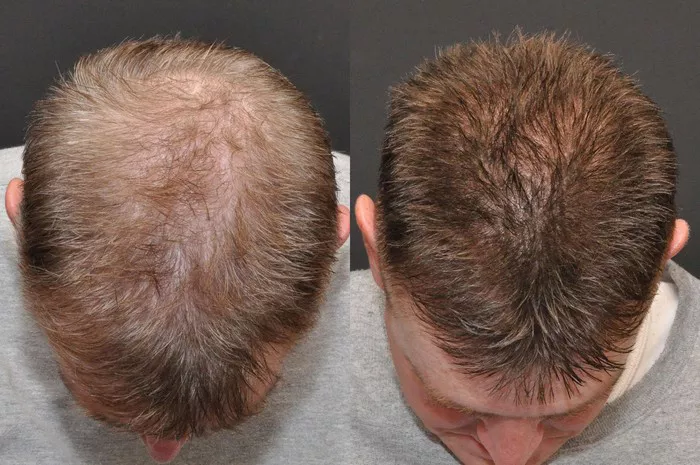Hair transplants have become a popular solution for those struggling with hair loss, offering a chance to regain a full head of hair and restore confidence. However, a common concern among individuals considering this procedure is whether the transplanted hair will turn grey. This article delves into the relationship between hair transplants and greying, addressing common questions and misconceptions while providing a comprehensive overview of what to expect.
The Basics of Hair Transplants
What is a Hair Transplant?
A hair transplant is a surgical procedure that involves moving hair follicles from one part of the body (the donor site) to a bald or balding part (the recipient site). The two main techniques used are Follicular Unit Transplantation (FUT) and Follicular Unit Extraction (FUE).
FUT: Involves removing a strip of scalp from the donor site, dissecting it into individual follicular units, and implanting them into the recipient site.
FUE: Involves extracting individual hair follicles directly from the donor site and transplanting them to the recipient site.
How Does Hair Grow After a Transplant?
After a hair transplant, the transplanted follicles enter a resting phase, and the hair they produce will initially fall out. This is a normal part of the process. New hair growth typically begins within three to four months, with noticeable improvement seen by six to nine months. Full results can take up to a year.
Factors Influencing Hair Colour
Natural Hair Colour
Hair colour is determined by the type and amount of melanin in the hair. There are two types of melanin: eumelanin (which is dark) and pheomelanin (which is light). The combination and concentration of these pigments result in different hair colours.
The Greying Process
Hair greying occurs when the melanocytes in the hair follicles produce less melanin. This reduction can be due to a variety of factors, including genetics, aging, stress, and lifestyle. As the production of melanin decreases, hair gradually loses its colour, turning grey or white.
Do Transplanted Hairs Turn Grey?
Age and Genetics
Transplanted hair will age naturally, just like the rest of your hair. If you have a genetic predisposition to greying, the transplanted hair will likely follow the same pattern as your original hair. This means that if your natural hair turns grey, the transplanted hair will also turn grey over time.
The Source of Donor Hair
The hair used for transplantation is typically taken from the back or sides of the scalp, areas that are often resistant to balding. However, these areas are not immune to greying. If the donor hair is already grey or has a propensity to turn grey, the transplanted hair will reflect these characteristics.
Timing of Greying
Transplanted hair will not turn grey immediately after the procedure. The greying process will follow the natural course dictated by your genetics and age. If your natural hair begins to grey at a certain age, the transplanted hair will likely start greying around the same time.
See Also: Why FUT is Better than FUE
Managing Grey Hair Post-Transplant
Dyeing Transplanted Hair
If you are concerned about grey hair post-transplant, dyeing is a viable option. Both natural and transplanted hair can be dyed to achieve a uniform colour. It is essential to use high-quality hair dyes and follow proper application techniques to maintain hair health.
Maintenance and Care
Proper hair care is crucial to maintaining the health and appearance of both natural and transplanted hair. This includes regular washing, conditioning, and avoiding excessive heat or chemical treatments that can damage hair and accelerate greying.
Consulting with a Specialist
Before undergoing a hair transplant, it is advisable to consult with a specialist who can provide personalized advice based on your hair type, colour, and genetic predisposition. They can also offer guidance on managing grey hair and maintaining the health of your transplanted hair.
Psychological Impact of Greying Hair
Acceptance and Confidence
For many, the prospect of greying hair can be a source of anxiety, particularly after investing in a hair transplant. However, it is essential to understand that greying is a natural part of aging. Embracing grey hair can be a liberating experience, contributing to a positive self-image and confidence.
Societal Perceptions
Societal perceptions of grey hair are evolving. Increasingly, grey hair is seen as a symbol of wisdom and experience. Embracing your natural hair colour, whether it’s black, brown, blonde, or grey, can enhance your sense of authenticity and self-acceptance.
Conclusion
Hair transplants provide a solution for hair loss, but it is important to have realistic expectations about the outcome. Transplanted hair will behave like your natural hair, including the potential to turn grey. Factors such as age, genetics, and the characteristics of the donor hair will influence when and how the transplanted hair greys.
Proper care and maintenance can help manage grey hair, and consulting with a specialist can provide personalized guidance. Ultimately, embracing the natural course of your hair, including greying, can enhance your confidence and self-acceptance. Hair transplants can restore hair and boost confidence, but understanding and accepting the natural aging process, including greying, is crucial for overall satisfaction and well-being.
By addressing these considerations and embracing the changes that come with aging, individuals can enjoy the benefits of a hair transplant while maintaining a healthy perspective on the natural process of greying hair.


